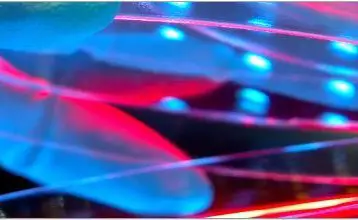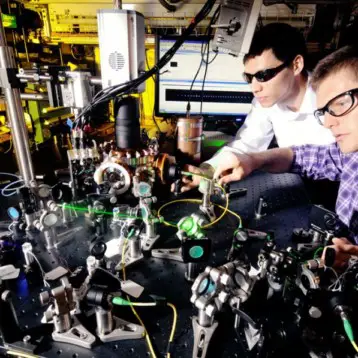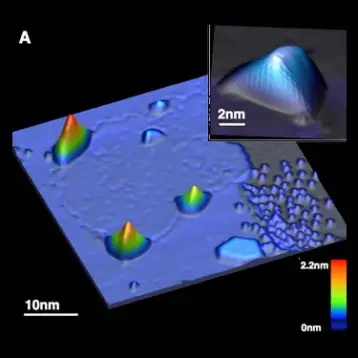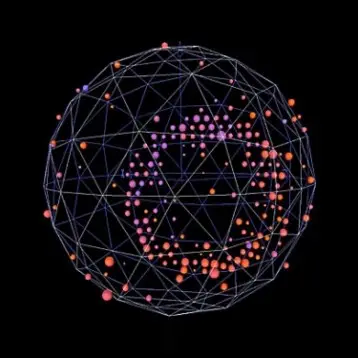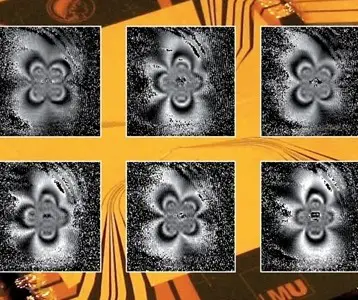|
Neutrinos come from outer space, either shot out from the sun or left over from the Big Bang. Despite their abundance, there are only few techniques to explore their nature; furthermore, past research has yielded mixed, inconclusive results.
Neutrinos are important since scientists believe they could be the key to understanding how the universe has evolved over time; moreover, becoming familiar with neutrinos might help astronomers learn about deep-space events like supernovas, active galaxies and gamma-ray bursts. Last, but not least, is one of the biggest mysteries regarding our universe: why we have lots of matter, but only tiny amounts of anti-matter?
At the end of November, Queen Mary’s Particle Physics Research Centre received the T2K experiment data. The T2K Collaboration is a 500-strong alliance of scientists in 12 countries who have come together to investigate the neutrino. By firing the most intense neutrino beam ever designed, it is now possible to observe what happens to the particles as they travel through our planet. The beam passed underground from Tokai on the east coast of Japan to a detector on the country’s west coast.
The beam’s purpose was to analyze what happens when neutrinos pass through Earth. Dr Francesca Di Lodovico, one of the team’s members, explained: “Trillions of neutrinos pass through our bodies every second, but you don’t notice; they pass through space and the Earth with almost no effect. This makes neutrinos very difficult to study and yet they are thought to play a fundamental role in the formation of the universe and understanding where we came from.”
Neutrinos are created as a result of certain types of radioactive decay or nuclear reactions such as those that take place in the sun, in nuclear reactors, or when cosmic rays hit atoms. “Theories predict there should be three types of neutrinos,” says Lodovico. These three types are electron neutrinos, muon neutrinos, and tauon neutrinos; each type also has a corresponding antiparticle, called ‘antineutrinos’. Unexpectedly, early data seems to suggest that they can change type from one to another, an observation which has profound implications on our understanding of the universe,” he said.
Thanks to the new data, the rapidly changing particle might be understood better. “T2K will quickly advance our understanding of the strange properties of the enigmatic neutrino to unprecedented precision,” Lodovico said. “Within a year, we will be able explore neutrino properties beyond the reach of the current experiments and shed light on the unknown.”
TFOT has also covered new sensors that measure cosmic microwave backgrounds, which might help understand the universe’s origins better, and the first underwater neutrino telescope, built by CNRS and CEA. Other TFOT stories that deal with particle physics include the piece Demonstration of the Unusual Effects of Quantum Particles, which discusses this exhibition, made at the University of Bonn, and one covering the development of an enhanced technique to detect photon entanglement, made at Caltech.
For more information about the T2K experiment, see the press release published by Queen Mary’s Particle Physics Research Centre.




